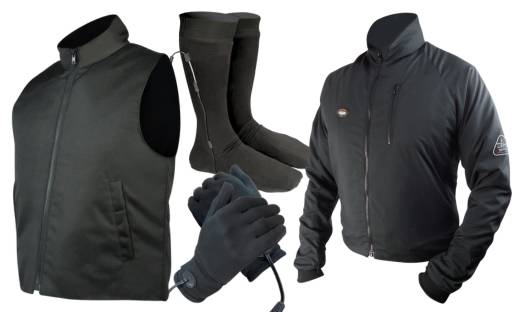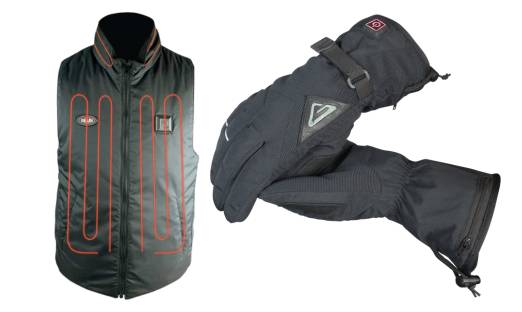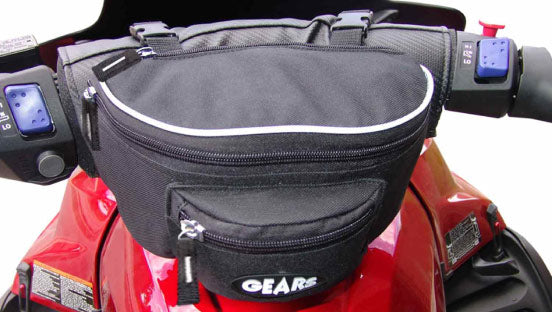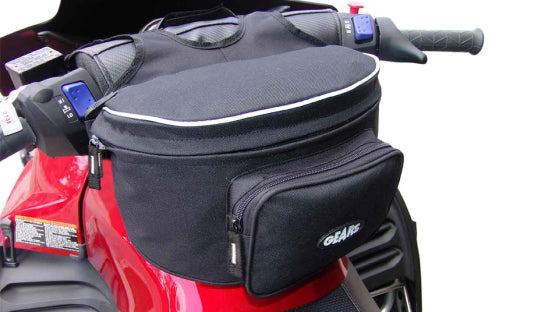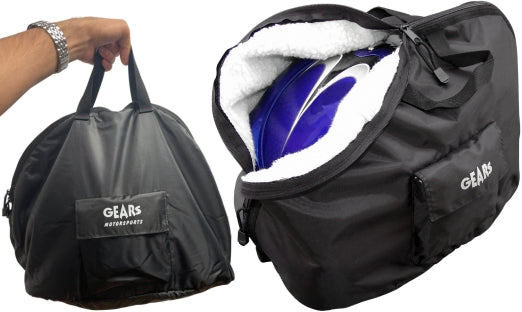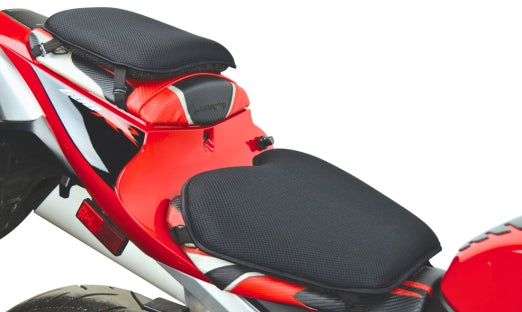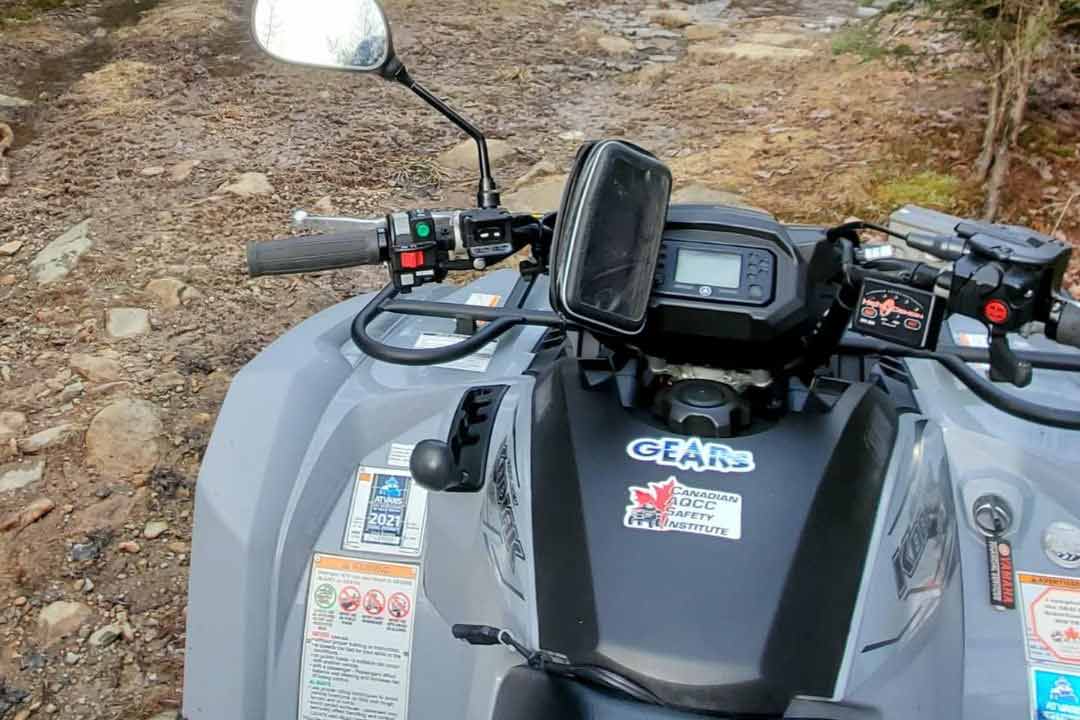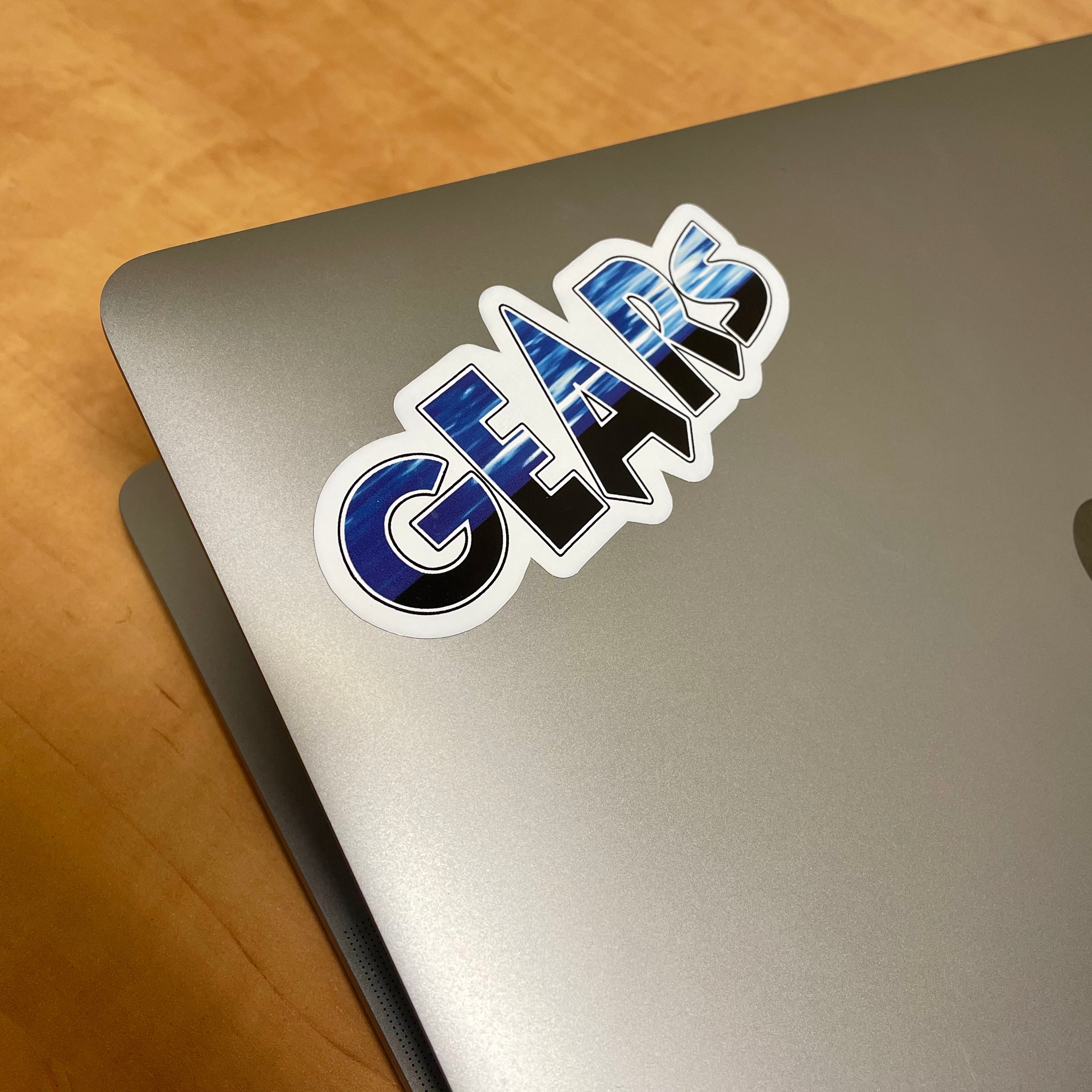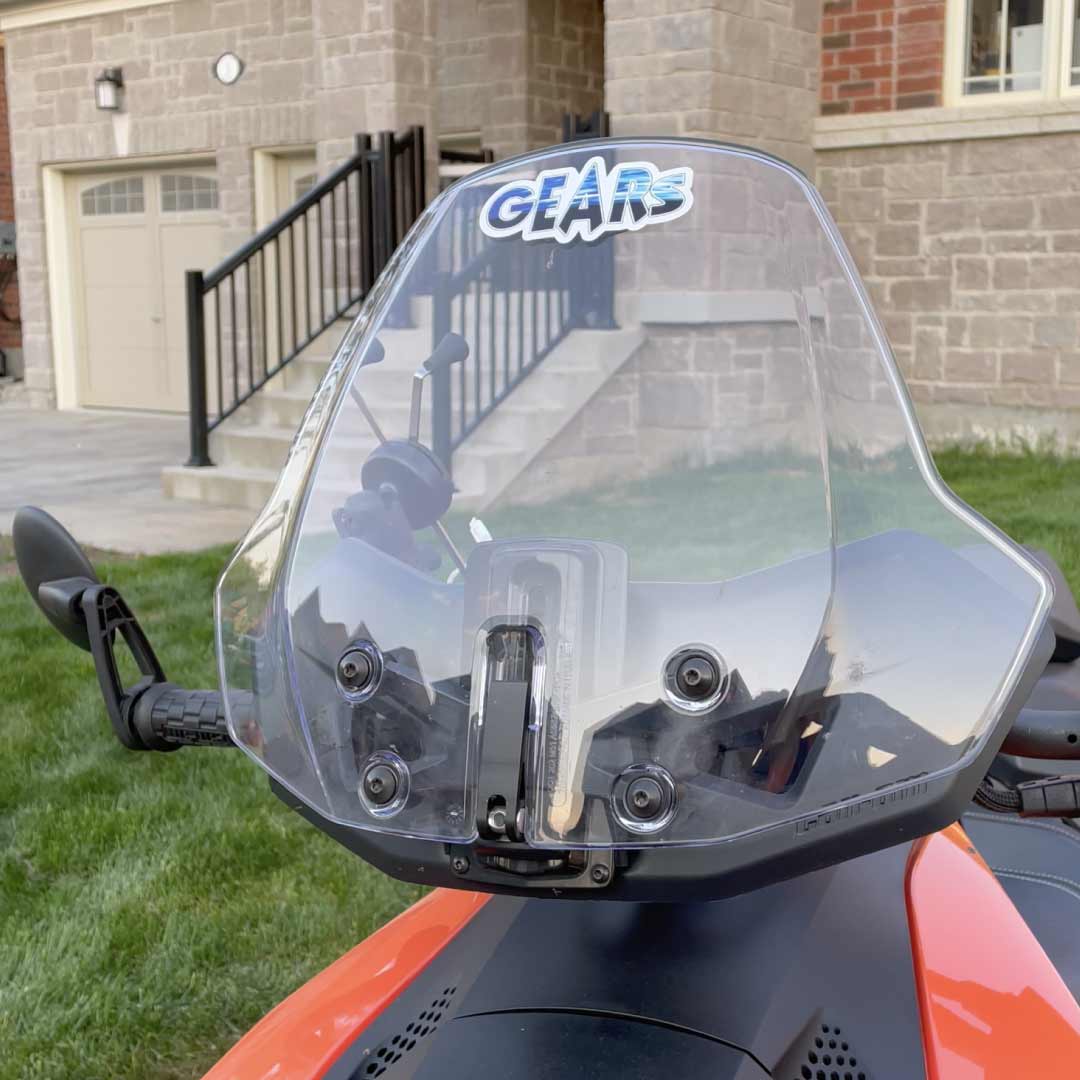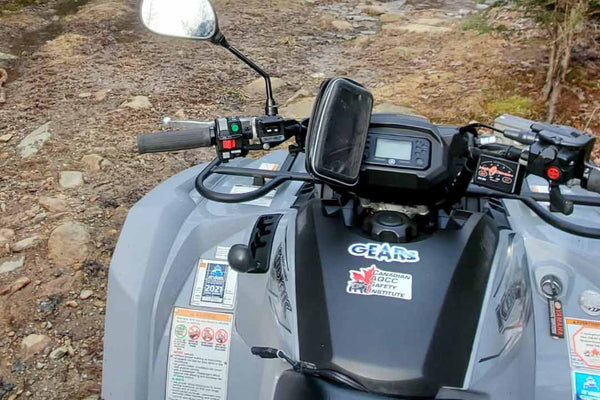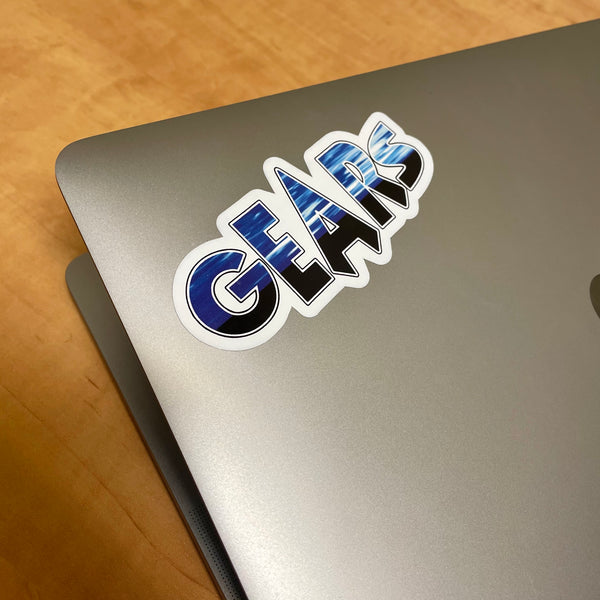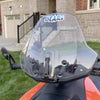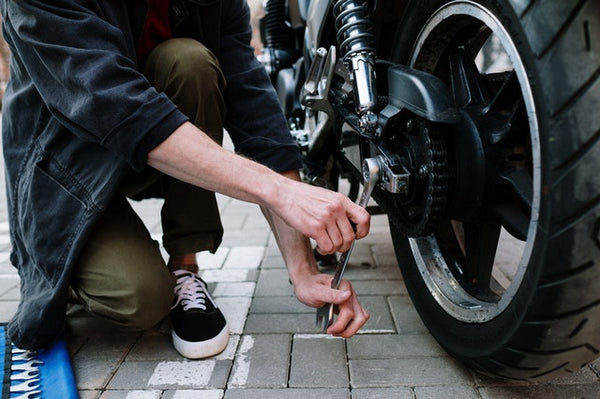
Motorcycle Tire Maintenance Help and Advice
There are quite a few motorcycle riders out there who don’t give their bikes’ tires the attention they deserve. At least not until they are visibly bad or something goes seriously wrong. Don’t be one of them! The condition of your tires plays a crucial role in your safety and your riding experience. It also influences the longevity of your motorcycle.
According to the National Highway Traffic Safety Administration (NHTSA), there were 738 tire-related road fatalities in 2017. The last thing you want is to crash because you didn’t check the condition of your tires. If you escape the pearly gates or serious injury, your insurance premium will still get hiked!
We are here to help beyond motorcycle insurance coverage. We will give you proven advice on how to maintain your motorcycle’s tires. You will find the tips simple and easy to implement. Read the article or click on a specific topic below to learn more:
- How to Maintain your Motorcycle’s Tires
- Tire Inflation
- Tread Depth
- Valve Stems, Cores & Caps
- Tire Loading
- When should you Replace your Motorcycle Tires?

Photo by Erik Mclean on Unsplash
How to Maintain your Motorcycle’s Tires
Excellent maintenance starts with regular checks and periodic inspections. They help you address irregular wear, bald tires, bulges, or objects embedded in the wheel. These could lead to tire failure and crashes.
In most cases, tire-related crashes are preceded by an uncomfortable riding experience. The riders will often tell of unusual vibrations, sounds or movement.
Don’t wait until you feel or you notice something is wrong. Put in your schedule regular tire checks as well as periodic inspections. Check the tire pressure, tread depth, valve stems, cores, caps, and any damage. When on the road, be sure to load the correct weight, and pay attention to the tire pressure.
Tire Inflation
Both the front and the back tire should always be at the manufacturer-recommended air pressure levels. Check the operators’ manual for the inflation pressure when cold.
Some manufacturers recommend different tire pressure levels for the front and back wheels. In such cases, take note of the recommended settings.
If you have not been riding the bike for a while, or if the tires are new, you may not know how the bike feels when it’s properly inflated. It may take time before you can instinctively know if there’s something wrong. We suggest that you should ride slowly and with care for the first 60 miles. Also, always have a pen-type pressure gauge on you until you get the hang of what correctly inflated tires feel.
Improperly inflated tires could cause overheating, rapid tire deterioration, or sudden failure. However, the most common effect is uneven wear. The image below shows how uneven wear occurs due to underinflation or overinflation.

Image courtesy of https://www.totalmotorcycle.com/maintenance/tires-tyres/
Improper inflation could lead to:
- Rapid tire damage
- Unstable cornering
- Increased fuel consumption
- Fatigue cracking
Remember to keep to the manufacturer’s settings always. And when you are on the road, take care never to deflate a hot tire. Refer to the manufacturer’s recommendations.
Tread Depth
The groves on the surface of your bike’s tires are the treads. As you continue to ride, they gradually lose their grip and become less efficient in draining water. It increases your chances of skidding.
That’s why you should ride slower on wet surfaces than on dry ones.
During your regular checks, you can check the tire tread depth using a depth gauge. If it is shallower than the legal limit or manufacturer-recommended depth, don’t put it off. Replace your tires.
If you are not sure of these limits, work with a depth of 1-2mm (or 1/18th of an inch). But don’t skimp about it.
While at the tread, look out for other issues like unusual wear, impact damage, fatigue cracking, bulges, or foreign objects embedded in the groves. Fix what you can and what you cannot leave to the pros.
Valve Stems, Cores & Caps
While checking the tread depth, you can check the valve stems, cores, and caps.
When old or damaged, these are paths for air loss. They cause improper inflation and subsequently damage the entire tire.
Replace old valve stems and cores. Always use caps on the valve stems to protect from dust and moisture.
Tire Loading
Check the operator’s manual or the side of the tire, for the recommended tire pressure. The tire sidewall should also have a moulding of the recommended maximum pressure load.
Do not exceed it, even when you are consciously carrying extra weight.
Determine the weight of an extra load you intend to haul and confirm it is within the set limits.
When should you Replace your Motorcycle Tires?
To conclude, these tips will help you keep your bike and tires in excellent condition. But nothing lasts forever. Even well-maintained tires wear.
If you are feeling that weird vibration when riding. Or cornering and braking are not as smooth as it was before, there could be a problem with the tire.
Perform a quick check to see:
- Whether you have a puncture;
- If the treads are too shallow;
- If there is uneven wear;
- If the tire is the right fit.
If it fails on one or more of these checks, it is time to replace the tire. Follow the correct procedure or take it to a professional. Be careful to change the tires in sets. The front tire may look like it is in excellent condition. Replace it nevertheless.
Author: Marcus Walker

